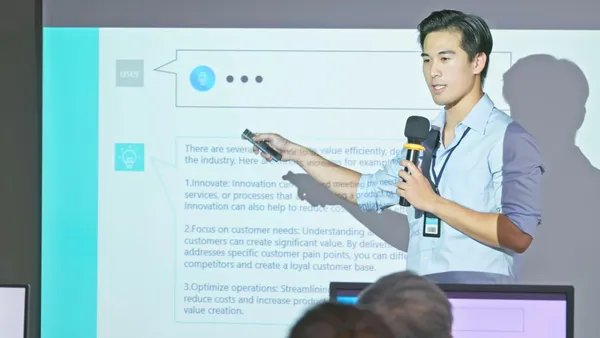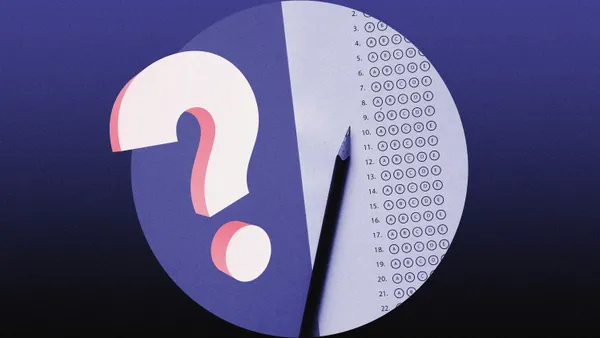When students struggle in math, it can quickly turn into defeat. Traditional interventions tend to rely on drills and worksheets, prioritizing memorization over comprehension. But a love of math—or at least a deep motivation to excel within it—can’t be instilled through sheer repetition. Instead, interventions must target the root causes of students’ difficulties. Without meaningful support, struggling learners can become discouraged, disengaged, and convinced they simply aren’t “good at math”.
For some students, gaps in foundational skills make it nearly impossible to keep up. Others feel embarrassed and disengage rather than risk failure. Many simply don’t see the relevance of math in their daily lives, making motivation an uphill battle.
Effective math interventions must go beyond rote practice. By reinforcing core skills, making instruction age-appropriate, leveraging peer support, and connecting math to real-world applications, educators can create interventions that truly work—helping students rebuild confidence and succeed in math.
Here are four proven strategies to transform remedial courses and other intervention programs.
Go back to basics
Foundational math concepts build upon themselves. Without a solid grasp of arithmetic, place value, fractions, or decimals, students will struggle to understand the reasoning behind algebra and geometry, making it difficult to progress and leading many students to declare math their academic nemesis. Expecting an unprepared student to succeed in Algebra I is like asking someone still learning English to analyze Shakespeare; it sets them up for frustration rather than growth.
Schools must provide a solid base to build on. By focusing on their proficiency within core concepts through targeted instruction, practice, and support, educators can boost students' confidence and set them up for long-term success in math. This proactive approach further empowers students to see themselves as capable learners across all disciplines that rely on critical thinking and problem-solving.
Make the content age-appropriate
Remedial courses and interventions can be disheartening, especially for students struggling with the stigma of falling behind. Materials designed for younger children—filled with cartoon animals, playful rhymes, and fairytale illustrations—might engage third graders, but for middle or high schoolers, they can feel infantilizing and reinforce a sense of failure.
Math intervention must do the opposite. Instead of merely reteaching, it must send an empowering message that rebuilds students’ confidence and motivation. By presenting foundational math in a fresh, relevant, and age-appropriate way, educators can keep students engaged, help them take ownership of their learning, and provide tools to progress.
When students feel respected and supported, they are far more likely to invest in their own success.
Connect concepts to real-world applications
When students don’t see why a subject matters—how it connects to their interests and helps them navigate the world—they’re unlikely to engage with the material. The classic question, “Why do I need to learn math?” reflects this frustration. Too often, schools fail to provide a meaningful answer, fueling students’ disinterest in math at all levels.
Effective intervention must provide ongoing context. The solution? Career-connected learning. By linking math concepts to real-world applications in high-demand fields like engineering, healthcare, aviation, and graphic design, educators can help students see math as more than just numbers on a page. Mastering math becomes an essential step toward a desirable, achievable future.
Hatch Valley High School in New Mexico proves the power of this approach. After adopting P2C Math, Algebra I students saw a 90-point gain in their Quantile measures, and Algebra II students achieved an impressive 150-point increase. Connecting math to careers transforms learning, and student success proves it.
Leverage peer-to-peer tutoring
As education evolves, one thing remains clear: students often learn best from their peers. Many feel intimidated or discouraged when working one-on-one with someone they view as an authority figure, no matter how skilled the teacher. Learning from someone closer in age creates a more comfortable, low-pressure environment wherein they’re more likely to ask questions, admit struggles, and engage deeply with the material.
Peer tutoring also benefits the tutors. Teaching forces them to articulate concepts clearly, strengthening their own retention, confidence, and understanding of the materials. This approach enhances both remedial math classes and advanced courses, allowing students at all levels to enhance their grasp of fundamental math concepts. It’s a win-win for schools!
Better yet, providing high school students with training and a structured curriculum—such as P2C Math Bridge—ensures tutors have the right tools to effectively support their peers. High-performing math students can act as mentors, providing support in a way that feels more approachable than traditional teacher-led interventions.










